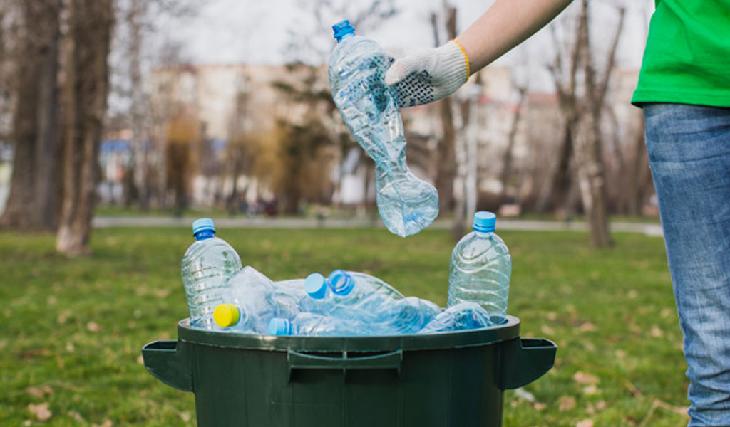
2020 is the year the world must put up or shut up when it comes to recycling. Many nations, including the US, sold recycling to China for 25 years. China had plenty of workers they could pay little or nothing to sort through the waste. There was too much extra material in the waste other than recyclables. Finally, China had enough of this developing environmental mess.
Dirty Recycling
China’s National Sword Policy went into effect in 2018. The country’s recycling processors were hit with mounds of dirty plastics and paper. The problem stems from an area’s reliance on single-stream recycling. Everything goes into a big blue container. As a result, a lot of the materials are soiled and contaminated. It would be a good idea for local officials to look at Trash King. The company rents special containers for plastics, glass, and other items.
Cities and Towns Look for Solutions
The U.S. and other nations must look for new ways to handle waste materials. For instance, England burned over a half-million tons of plastic and other household waste last year. Consider the dilemma of officials in Franklin, New Hampshire. The city broke even on its recycling program for several years. The city paid a transfer station $6 a ton to recycle waste. Today, the company charges $125 a ton. On the other hand, incineration costs $68 per ton. Franklin’s city manager says the waste is being burned. The same thing is happening all across the country. Prince George’s County, Maryland, used to earn nearly a million dollars from recycling. Now, it’s costing the county over $2 million to dispose of its waste.
Recycling Less
Experts say the U.S. tries to recycle too much. They contend there’s a difference between theoretical and actual recycling. Most residents put everything in the recycling bin. However, most of the waste can’t be recycled. Indeed, plastic straws, take-out containers, grocery bags, and yogurt containers are not recycled. Six times more plastic waste is incinerated than recycled.
Think Outside The Box
The concept of recycling will change. More and more consumers are refusing to buy plastic bottles of water. Rather, they’re investing in reusable water bottles. Likewise, grocery stores want consumers to use less plastic and depend on reusable bags. The larger office supply stores accept used toner cartridges. These are all steps in the right direction. Some experts put forth the idea of a circular economy where there’s more emphasis on reusing items. For example, one grocery delivery company uses a container that consumers keep. Customers use the items and the company picks up the container. It’s cleaned and used again.
The domestic recycling market can be improved if residents learn to sort waste better. San Francisco is an example of a city that makes recycling work. Residents are required to separate waste into three streams. Blue bins are used for recyclables, and green bins are used for food waste. The city composts 80 percent of its food waste. Black bins are used for items headed to the landfill. Food vendors are required to use either compostable or recyclable containers. Further, every event in the city must offer recycling and composting.
Re-education seems to be the future of recycling. Residents should know what items are recyclable. Likewise, the city needs to come up with new ways to eliminate waste. In many areas, trash collectors won’t accept waste that’s been sorted improperly. Processors don’t charge as much if the waste is cleaner.


